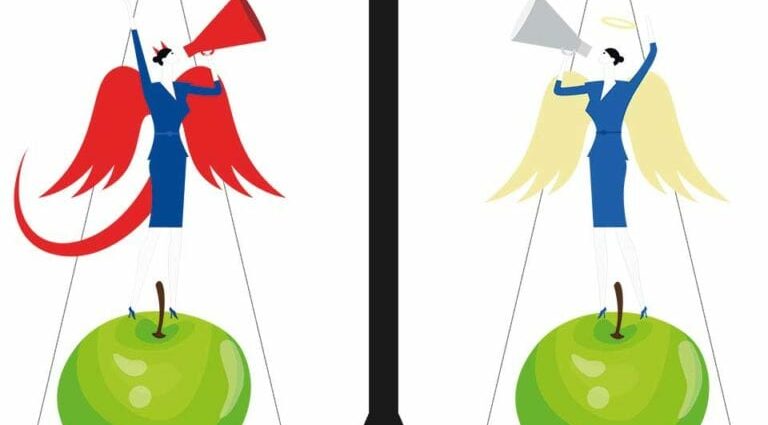Should we consume less fruit when we have diabetes?
We often hear that fruit and diabetes don’t mix. Perhaps you are one of the people who thinks that when you have diabetes you should almost ban fruit. It’s time to set the record straight with our dietitian!
Watch out for: processed “fruit-based” products which give manufacturers a clear conscience and which contain far more added sugar than fruit! Regarding raw fruits, pay attention mainly to the times of the day when you consume them to avoid hyperglycemia.
Good reflexes
1. Keep in mind that when it comes to diabetes, quality takes precedence over quantity! Moreover, the vast majority of fruits – even those with the sweetest taste – very moderately increase the level of sugar in the blood (glycemia). Almost all fruits indeed have a low Glycemic Index (GI). It is therefore out of the question to deprive yourself this summer of cherries, nectarines or strawberries for example! If you need more argument, note that almost no fruit increases blood sugar more than white bread or a potato!
2. Just avoid papaya, guava, and overripe bananas which have a high GI.
3. For bananas, a simple trick is to eat it yellow: avoid eating bananas that have spots on the skin.
4. Finally, always eat your fruit – especially melon and watermelon – at the end of a meal to avoid spiking your blood sugar!
5. Regarding the quantity: of course, stick to two fruits (with a low GI!) Per day!
Ultimately, diabetes or not, do not deprive yourself of the delicious fruits of summer:
- Apricots
- Brugnons
- Cassis
- Cherries
- lemons
- Strawberries
- Raspberries
- Passion fruit
- Currants
- Blackberries
- Blueberries
- Nectarines
- peaches










